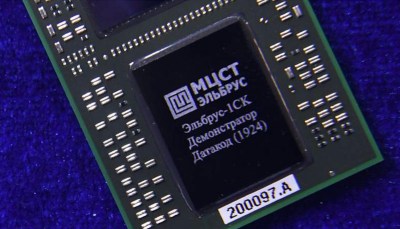Russia may soon acquire ballistic missiles from Iran to replenish its dwindling stockpile, sustain strikes on critical Ukrainian targets and initiate a strategic bombing campaign to wear down Ukrainian resistance.
The Washington Post reported, citing unnamed sources, Iran is preparing to send a first shipment of Fateh-110 and Zolfaghar short-range ballistic missiles to Russia with ranges of 300 and 700 kilometers, respectively. The report noted that, if the deal goes through, it would be the first delivery of such missiles to Russia since the beginning of the Ukraine War.
As with Iran’s Shahed drones, the missiles have seen action with Iran’s proxies in Syria, Lebanon, and Yemen.
Russia’s combat operations in Ukraine have burned through its missile arsenal, which has shown to be surprisingly reliant on Western-made microchips despite its efforts to close its supply chain.
This month, Newsweek reported that Russia had 609 missiles from an initial stockpile of 1,844 at the start of the Ukraine War, citing Ukrainian sources. Although the Associated Press reported this month that Russian officials have insisted that their military has enough missiles and its factories are churning out more, its less-than-ideal use of surface-to-air missiles and anti-ship missiles to hit ground targets indicates a shortage of the advanced munitions.
The AP report also notes that Russia’s depleted stocks of newer advanced missiles have forced it to rely on its large stockpile of older Soviet-era models, which may be too inaccurate for precision strikes on critical Ukrainian targets but plentiful for barrages to overwhelm Ukrainian air defenses.
Missile remains recovered in Ukraine have exposed Russia’s reliance on Western electronics for its projectiles, with sanctions potentially crippling production. This August, Reuters reported that Russia’s 9M727 Iskander cruise missile, which was used during Russia’s opening salvos of the war, contained microchips from US chipmakers Texas Instruments Inc, Altera, Xilinx, Maxim Integrated Products Inc and German-owned Cypress Semiconductor.
While major military powers usually attempt to close supply lines and logistics chains for their sophisticated weapons, Russia’s reliance on Western microchips for its missiles makes its production vulnerable to export controls on the sensitive components.

Although Russia can manufacture military microchips, Asia Times has noted that its semiconductor industry is 20 or 30 years behind the US, suffers from a lack of investment and has been reduced to copying Western designs.
The handicap has stunted Russia’s efforts to achieve complete self-sufficiency in its defense sector. In a Bloomberg article this month, Alberto Nardelli notes that even before sanctions cut off Russia’s access to critical Western components for its arms industry, previously unreported assessments show a program from 2019 to slash Russia’s dependence on Western parts by 2025 in everything from radars, advanced submarines and anti-missile defense systems.
Despite those efforts, Nardelli notes that an internal review of the plan ten months before Russia’s invasion of Ukraine showed that it was falling short on almost every metric.
Despite rapidly using up its newer missile stocks and sanctions potentially hobbling further production, Russia has still managed to source Western electronics for its weapons. An August report by the Royal United Service Institute (RUSI) noted that Soviet and Russian intelligence and secret services had been engaged for decades in covertly acquiring Western technology, such as microchips.
The report notes that transshipment to third countries is a common tactic to evade sanctions and export controls. In some cases, Western components are manufactured or shipped through third countries.
In addition, Russia has stepped up domestic missile production despite facing significant drawbacks. In a June 2022 article for the Center for European Policy Analysis (CEPA), Maxim Starchak notes that Russia’s budget surplus due to its vast income from oil and gas sales has allowed it to spend heavily on ordering more missiles from its state-run factories, hire additional staff and increase factory working hours.
Although Russia has enough stocks of Western microchips for two years of average missile production, Starchak notes that its reserves may run out next year. He also says that replacing Russia’s depleted stocks will take years, which may be unacceptable depending on the Ukraine War’s course.
Given those challenges, Russia’s covert microchip import substitution, ramped-up domestic microchip production and cranked-up missile production may not be enough to replenish its rapidly depleting arsenal. As such, Iran’s Fateh-110 and Zolfaghar could be just stopgap measures.
For Iran, selling its battle-proven drones and missiles aligns with its strategic views on great power competition with the US, says Farzin Nadimi in an August article for The Washington Institute for Near East Policy.

Nadimi mentions Iran’s “delight” at the fact that Russia is emerging from “passivity” and is actively confronting NATO expansionism, stating that the current “transitional period” coincides with the decline of US power.
He also points out that Iran’s Supreme Leader Ali Khamenei praised Russia’s invasion of Ukraine as a “preemptive” measure that forestalls NATO’s path to further actions in Crimea and possibly Iran.
According to Nadimi, hardliners in Khamenei’s inner circle view the Ukraine War as a continuation of Iran’s “resistance axis” struggles in Iraq and Syria, so Russia’s war effort must be supported with its drones and now possibly missiles.

